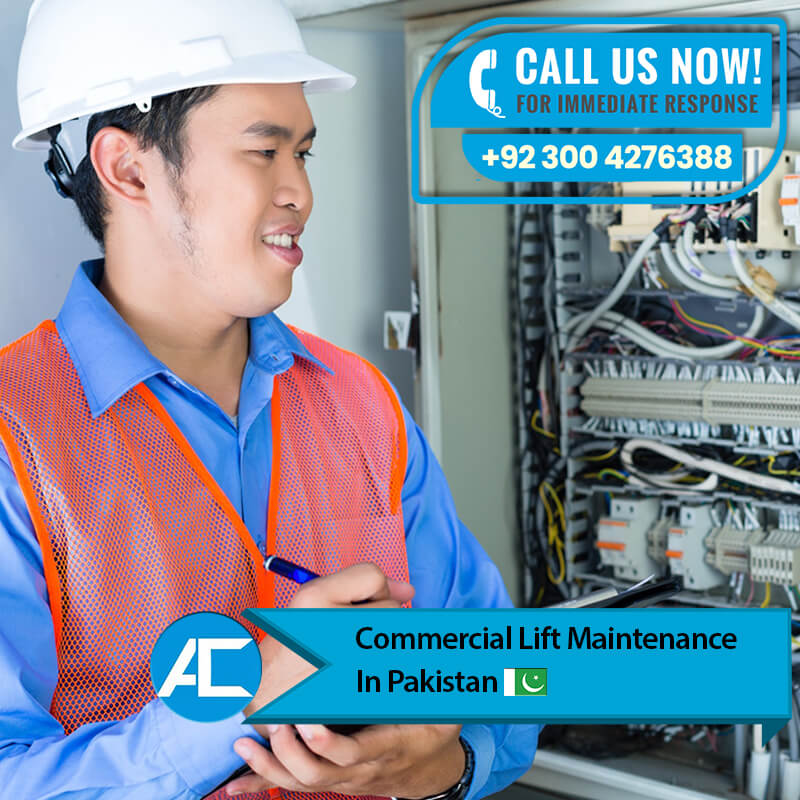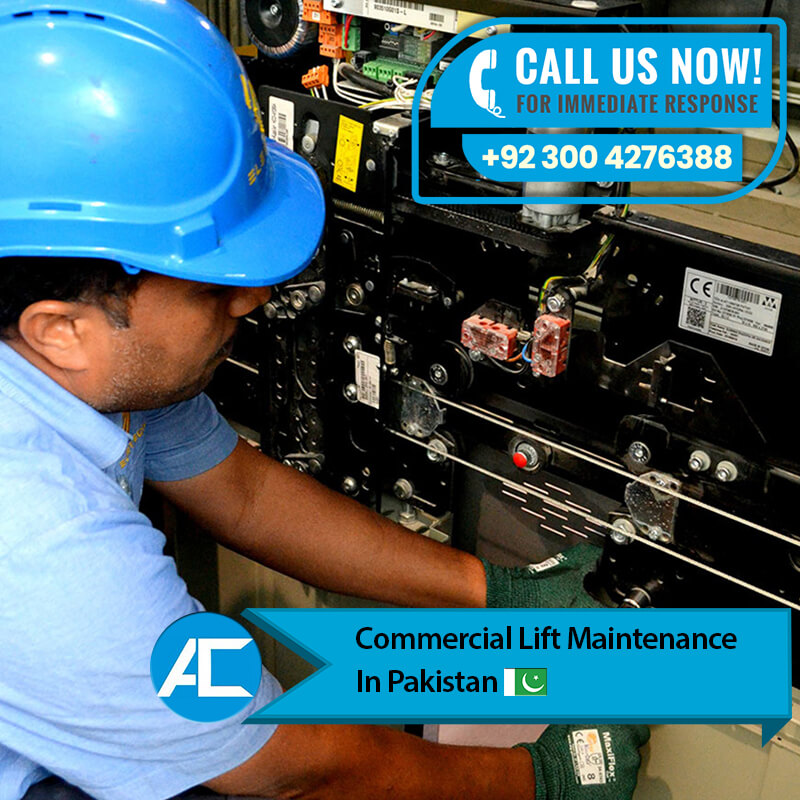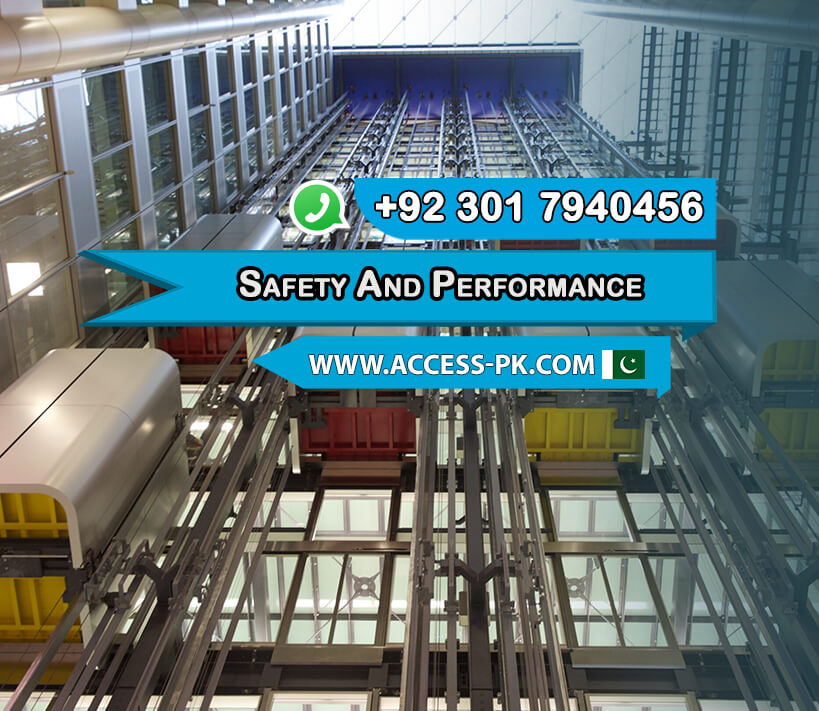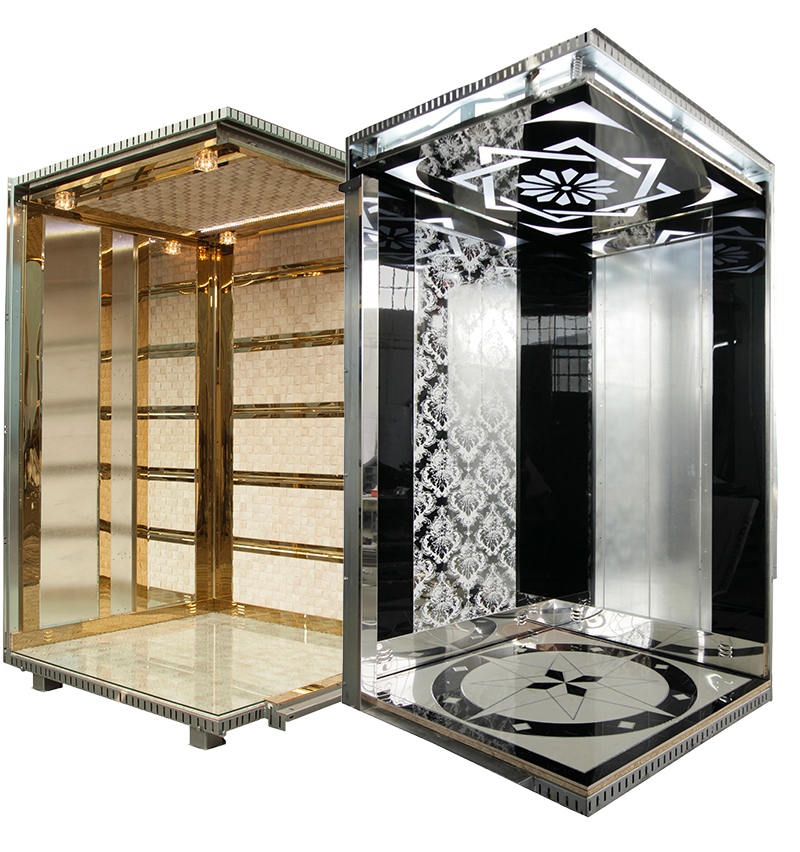Regular maintenance of commercial lifts is of paramount importance for ensuring smooth and safe operations. Neglecting proper maintenance can lead to costly breakdowns and potential safety hazards. A well-maintained commercial lift not only enhances the overall functionality but also extends its lifespan, making it a crucial aspect of any business facility.
Access Technologies, a leading elevator company, owned by Imran Rafi, understands the significance of regular commercial lift maintenance. By employing a proactive maintenance schedule, they prioritize the safety and efficiency of their lifts. This approach involves routine inspections, lubrication of moving parts, and addressing minor issues before they escalate into major problems. Such diligent upkeep ensures that the lifts remain operational, minimizing downtime that could disrupt daily business activities.
Regular maintenance also plays a vital role in upholding safety standards. Commercial lifts cater to a diverse range of users, including employees, clients, and visitors. Malfunctioning lifts can pose serious risks, such as entrapment or sudden stops between floors. Through scheduled maintenance, potential hazards can be identified and rectified promptly, reducing the chances of accidents and liability issues.
Moreover, consistent maintenance positively impacts the bottom line. Sudden breakdowns can lead to unexpected expenses for emergency repairs, impacting the company’s budget. By contrast, planned maintenance allows businesses to allocate resources efficiently and forecast expenses related to lift upkeep. This approach prevents sudden financial strains and ensures that the lifts remain operational without disrupting the financial equilibrium of the business.
The Components of Effective Commercial Lift Maintenance

Regular inspections are the cornerstone of successful commercial lift maintenance. Scheduled check-ups allow technicians to identify potential issues before they escalate. During inspections, technicians assess the condition of various components such as cables, pulleys, and control systems. This proactive approach helps prevent unexpected breakdowns and ensures that the lift remains operational. Additionally, these assessments adhere to safety regulations and provide a detailed overview of the lift’s health, allowing for timely interventions.
Lubrication and cleaning are vital maintenance components that enhance the longevity of a commercial lift. Moving parts within the lift system require proper lubrication to minimize friction and wear. This not only ensures smooth operation but also prevents premature component failure. Regular cleaning of the lift’s interior and exterior surfaces removes dust, debris, and potential contaminants that could compromise its functionality. By maintaining a clean and well-lubricated environment, businesses can significantly extend the lifespan of their lifts.
As technology advances, commercial lift components become more sophisticated and efficient. Effective maintenance involves periodically upgrading components to align with industry standards and innovations. This includes modernizing control panels, updating safety mechanisms, and improving energy efficiency. By incorporating these upgrades, businesses can enhance the overall performance of their lifts, providing users with a safer and more comfortable experience.
Even with meticulous maintenance, unforeseen issues may arise. An essential component of commercial lift maintenance is having a robust emergency response plan in place. This plan outlines procedures for handling emergency situations such as entrapments, power outages, or mechanical failures. Well-trained staff and clear protocols ensure that any disruptions are swiftly addressed, minimizing inconvenience and maintaining the safety of lift users.
The Cost-Effectiveness of Regular Maintenance Over Repairs

Regular maintenance follows a preventive approach that aims to identify and address potential issues before they transform into costly problems. Through scheduled inspections and upkeep, technicians can detect early signs of wear, malfunctioning components, or deteriorating performance. By addressing these issues proactively, businesses avoid the need for extensive repairs that might result from neglect. This preventive strategy saves both time and money by mitigating major breakdowns and their associated expenses.
One of the key advantages of regular maintenance is the reduction of downtime. Commercial lifts are essential for the seamless flow of daily business operations. When lifts experience unexpected breakdowns, businesses can face disruptions that impact productivity and customer experiences. Regular maintenance minimizes the chances of sudden malfunctions, keeping the lift in optimal working condition. This ensures a consistent and efficient vertical transportation system, allowing employees and clients to move freely within the building.
Effective maintenance extends the lifespan of commercial lifts. Components that receive regular care and attention are less likely to wear out quickly. By preventing excessive wear and tear, lifts can function effectively for a more extended period, postponing the need for costly replacements. This long-term perspective enhances the return on investment for the initial capital spent on the lift’s installation.
Regular maintenance offers a predictable budgeting advantage. Repairs, especially those necessitated by unexpected breakdowns, can strain a business’s finances. On the other hand, planned maintenance allows businesses to allocate resources strategically. Budgeting for routine maintenance costs is more manageable and helps avoid financial surprises. This proactive financial planning ensures that the business remains well-prepared to cover maintenance expenses without compromising other essential expenditures.
Elevating Standards of Safety and Performance

Commercial lifts serve a diverse range of users, from employees to clients, and their safety is non-negotiable. Elevating safety standards involves adhering to rigorous inspection routines that encompass every aspect of lift functionality. From assessing emergency response mechanisms to scrutinizing safety sensors, these checks ensure that the lift operates seamlessly and, in the event of any anomaly, immediately halts to prevent accidents. By actively addressing safety concerns through regular maintenance, businesses create an environment in which users can confidently rely on the lift’s operation.
The pursuit of enhanced performance goes hand in hand with technological innovation. Businesses can leverage advanced lift control systems, smart sensors, and real-time monitoring to elevate the performance of their commercial lifts. These technologies enable efficient traffic management, reducing waiting times and optimizing passenger movement. Regular maintenance in this context involves not only ensuring the proper functioning of these technologies but also updating them as newer, more sophisticated solutions become available.
Elevating performance standards requires a commitment to continuous improvement. Through regular maintenance, businesses can identify areas where the lift’s performance might be enhanced. This could involve adjustments to speed, acceleration, or even interior design to streamline user experiences. Active monitoring and analysis of lift data allow for data-driven decisions that maximize the lift’s operational efficiency and user satisfaction.
Adhering to industry regulations and standards is a fundamental aspect of elevating safety and performance. Regular maintenance ensures that commercial lifts stay in line with these regulations. Technicians conduct inspections that not only meet but often exceed the minimum requirements, resulting in lifts that are not only safe but also excel in operational capabilities. This commitment to regulatory compliance reinforces the trust users place in the lift’s safety and reliability.




